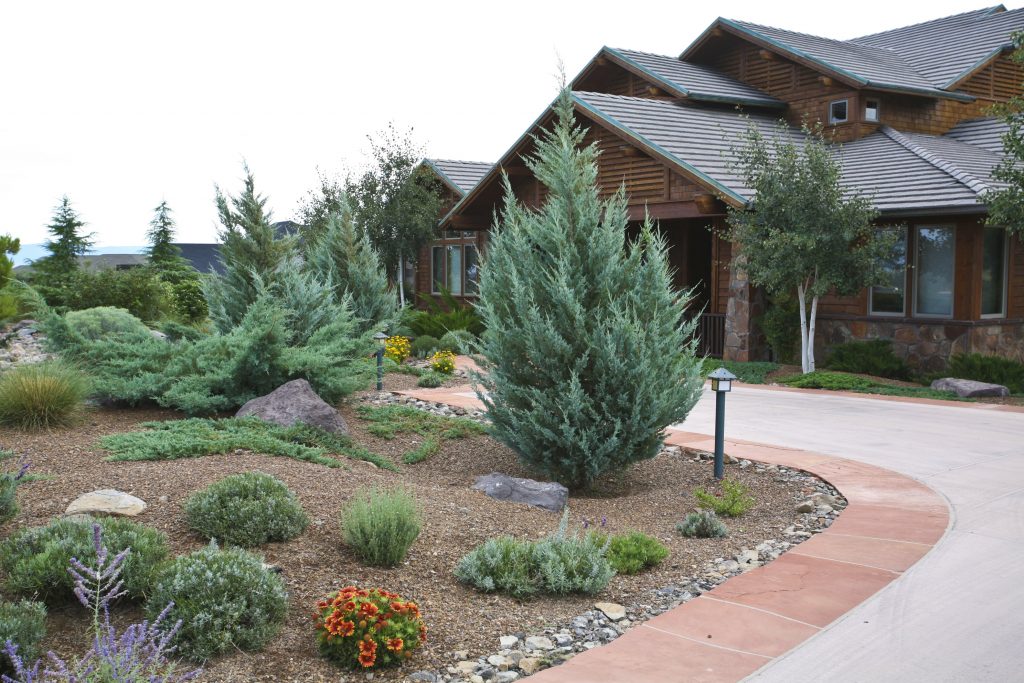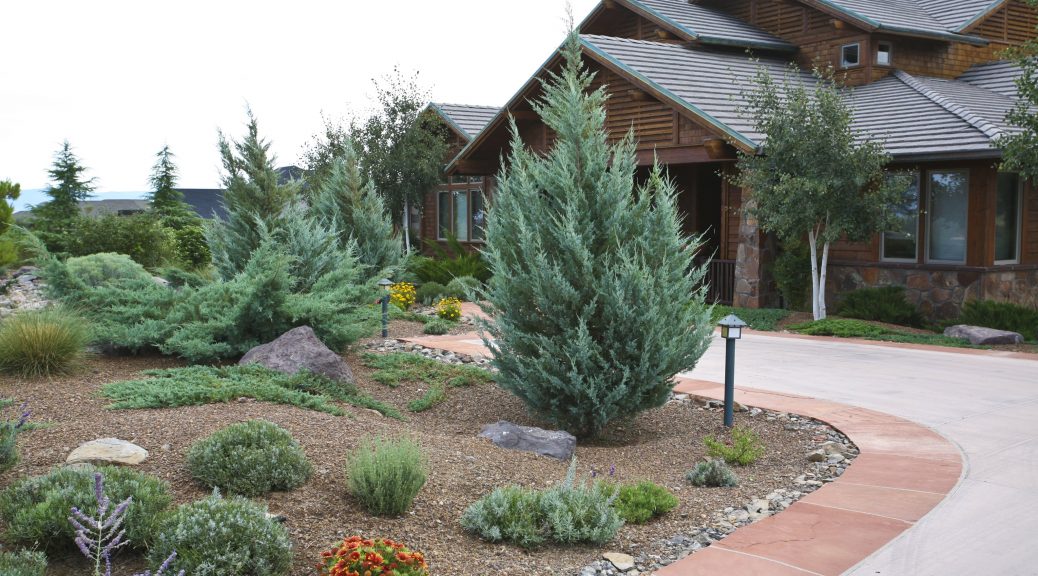
Creating an eco-friendly outdoor space not only contributes to a healthier environment but also provides a sanctuary for you and your family to enjoy. By designing a sustainable landscape, you can reduce water consumption, minimize waste, support local ecosystems, and create a beautiful and environmentally conscious outdoor haven.
Choose Native Plants:
- Selecting native plants is a fundamental aspect of sustainable landscaping. Native species are adapted to the local climate and require less water and maintenance. They also provide essential habitat and food for native wildlife, promoting biodiversity in your yard. Research and incorporate native plants that thrive in your specific region of Arizona to enhance both beauty and sustainability.
Water-Wise Practices:
- Conserving water is crucial in arid regions like Arizona. Implement water-wise practices such as installing drip irrigation systems, using mulch to retain moisture, and grouping plants with similar water needs together. Additionally, consider utilizing rainwater harvesting techniques, such as rain barrels or underground cisterns, to collect and reuse water for irrigation purposes.
Efficient Irrigation Systems:
- Invest in smart irrigation systems that utilize weather data and moisture sensors to optimize water usage. This helps prevent overwatering and ensures that plants receive the right amount of hydration. Consider installing drip irrigation or low-flow sprinklers to minimize water loss through evaporation and ensure targeted watering to the plant’s root zones.
Composting and Mulching:
- Implement composting practices to reduce waste and enrich your soil naturally. Composting kitchen scraps, yard trimmings, and leaves creates nutrient-rich compost that can be used as a natural fertilizer for your plants. Additionally, apply mulch around trees, shrubs, and garden beds to conserve moisture, suppress weed growth, and improve soil health.
Incorporate Permeable Surfaces:
- Instead of conventional concrete or asphalt, opt for permeable surfaces such as permeable pavers or gravel paths. These surfaces allow rainwater to infiltrate into the ground, reducing runoff and replenishing groundwater supplies. Permeable surfaces also help to prevent erosion and provide better drainage for plants.
Use Sustainable Materials:
- When constructing hardscapes or outdoor structures, choose sustainable materials like reclaimed wood, recycled composite materials, or locally sourced stones. These materials have a lower environmental impact and contribute to the overall sustainability of your landscape design.
Conclusion:
Designing a sustainable landscape allows you to harmonize the beauty of nature with environmentally conscious practices. By incorporating native plants, practicing water-wise techniques, utilizing efficient irrigation systems, and embracing other sustainable strategies, you can create an eco-friendly outdoor space that benefits both your well-being and the planet. For more information on how Vicente Landscaping can help you with all of your landscaping needs contact us at 928-636-1601.










